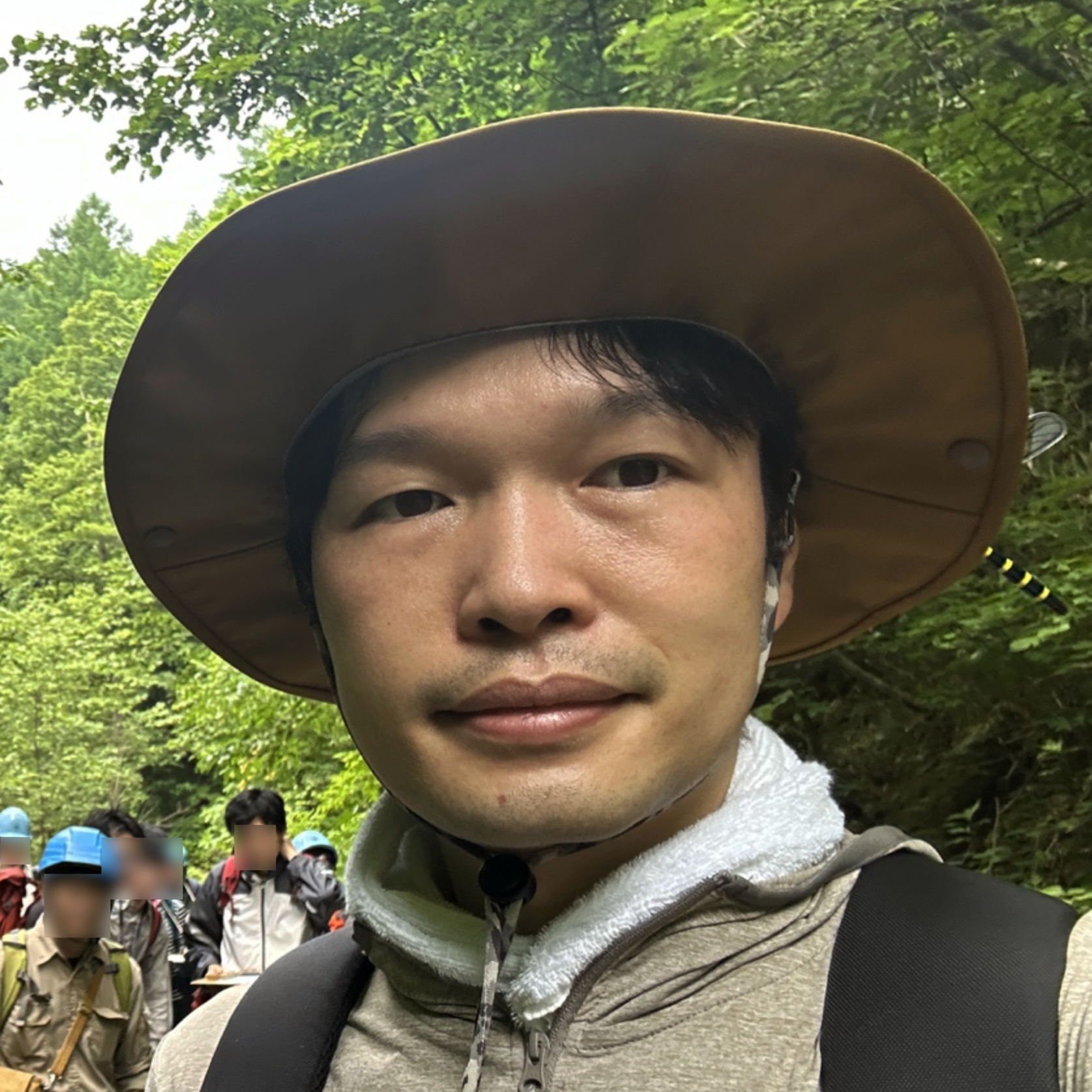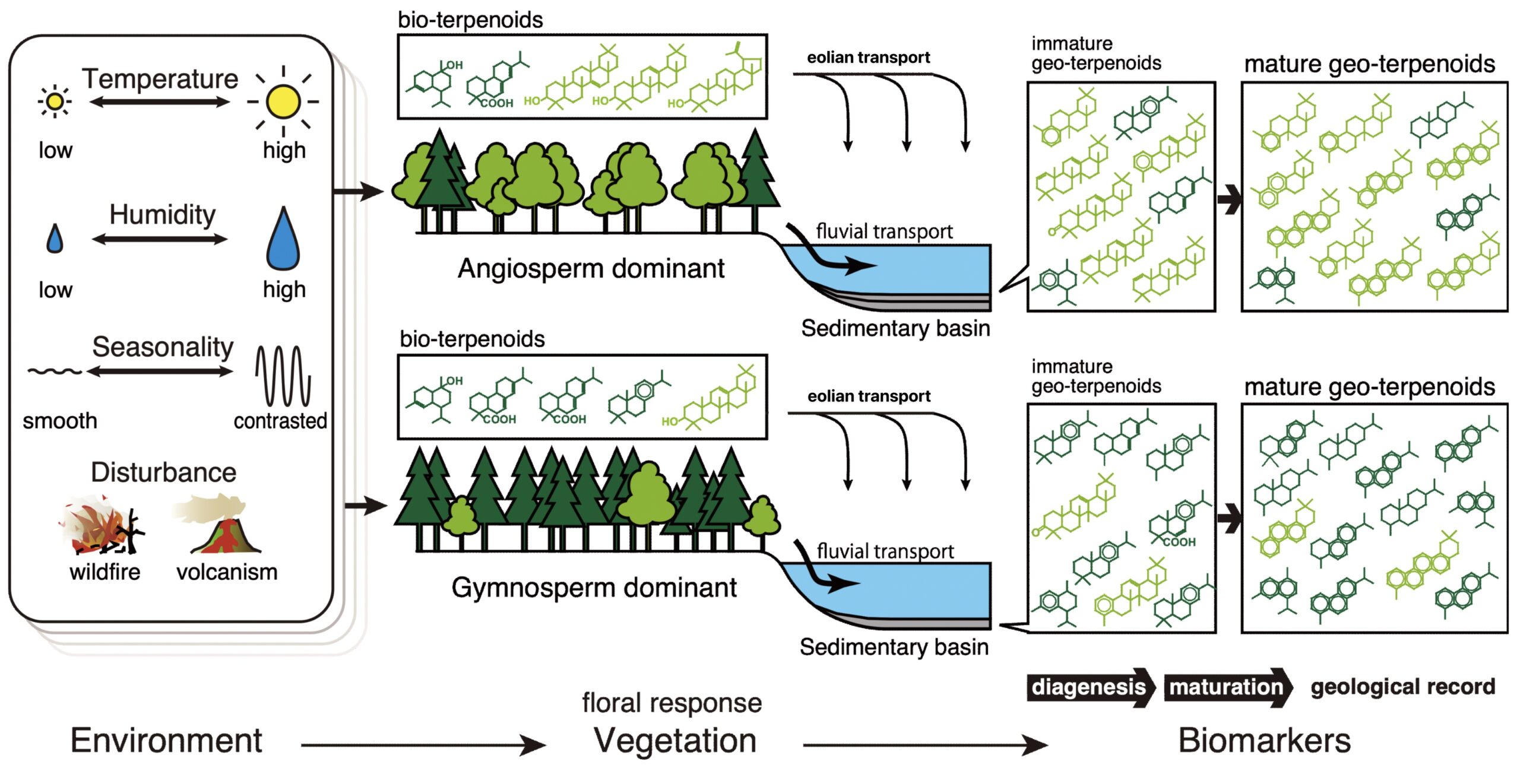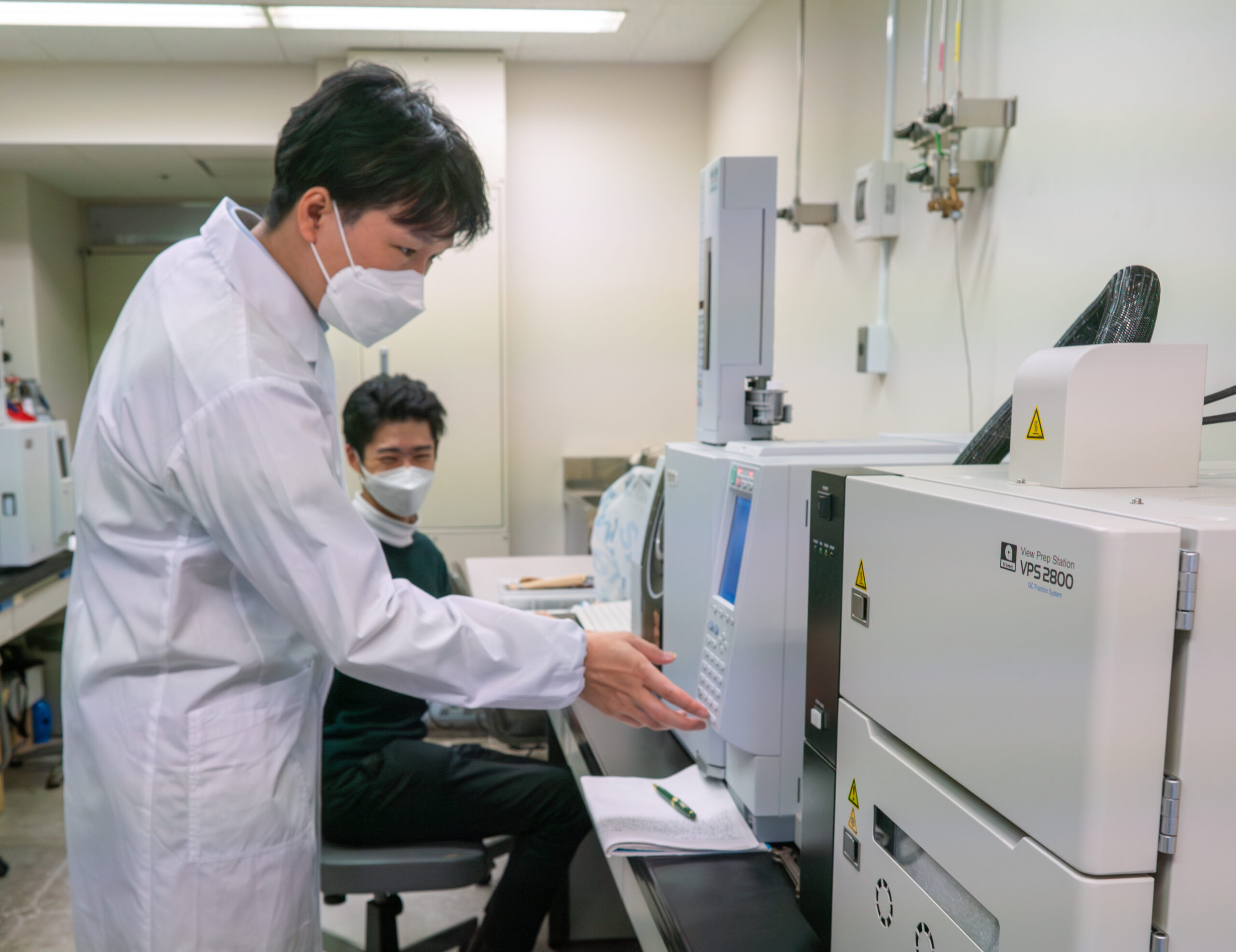NAKAMURA Hideto
Assistant Professor
Diving deep into Earth's molecular memories
Department of Earth and Planetary Sciences, Earth and Planetary System Science

| Theme | Investigating Earth's life history and environmental changes through organic molecules in sediments |
| Field | Organic Geochemistry, Molecular Paleontology, Paleobotany |
| Keyword | Molecular fossils, Terrestrial ecosystems, Microalgae, Development of paleoenvironmental proxies, Paleoenvironmental reconstruction, Molecular fossils of extinct organisms (Paleochemistry of natural products), Evolution of biosynthetic pathways and their geological evidence |
Introduction of Research
Throughout Earth's history, organic matter produced by living organisms has been partially preserved in the geosphere. Certain compounds with characteristics that can identify their biological origins, called biomarkers (molecular fossils), provide valuable clues for elucidating the evolution and diversity changes of past ecosystems, including organisms that are poorly preserved as conventional fossils. We focus on lipid molecules derived from plants and algae, investigating how species composition, environment, and preservation processes are reflected in molecular compositions. Based on these findings, we work on reconstructing Earth's life history and environmental changes using molecular fossils.
Representative Achievements
| Academic degree | Ph. D. |
| Self Introduction | Born in Sapporo and raised in Kyoto, I'm a researcher with hobbies of playing shinobue (Japanese flute) and photography when I'm not in the lab. |
| Academic background | 2006 B.Sc., Earth and Planetary Sciences, School of Science, Hokkaido University 2008 M.Sc., Natural History Sciences, Graduate School of Science, Hokkaido University 2011 Ph.D., Natural History Sciences, Graduate School of Science, Hokkaido University 2011-2016 Postdoctoral Researcher, Faculty of Science, Hokkaido University / JST CREST 2016-2021 Specially Appointed Lecturer, Graduate School of Science, Osaka City University (now Osaka Metropolitan University) 2021-present Assistant Professor, Faculty of Science, Hokkaido University |
| Affiliated academic society | The Geological Society of Japan, The Geochemical Society of Japan, The Japanese Association of Organic Geochemists, Japan Geoscience Union, PALEO10: Paleoscience Society, Japanese Association of Historial Botany |
| Room address | Science Building 6 6-904 |




